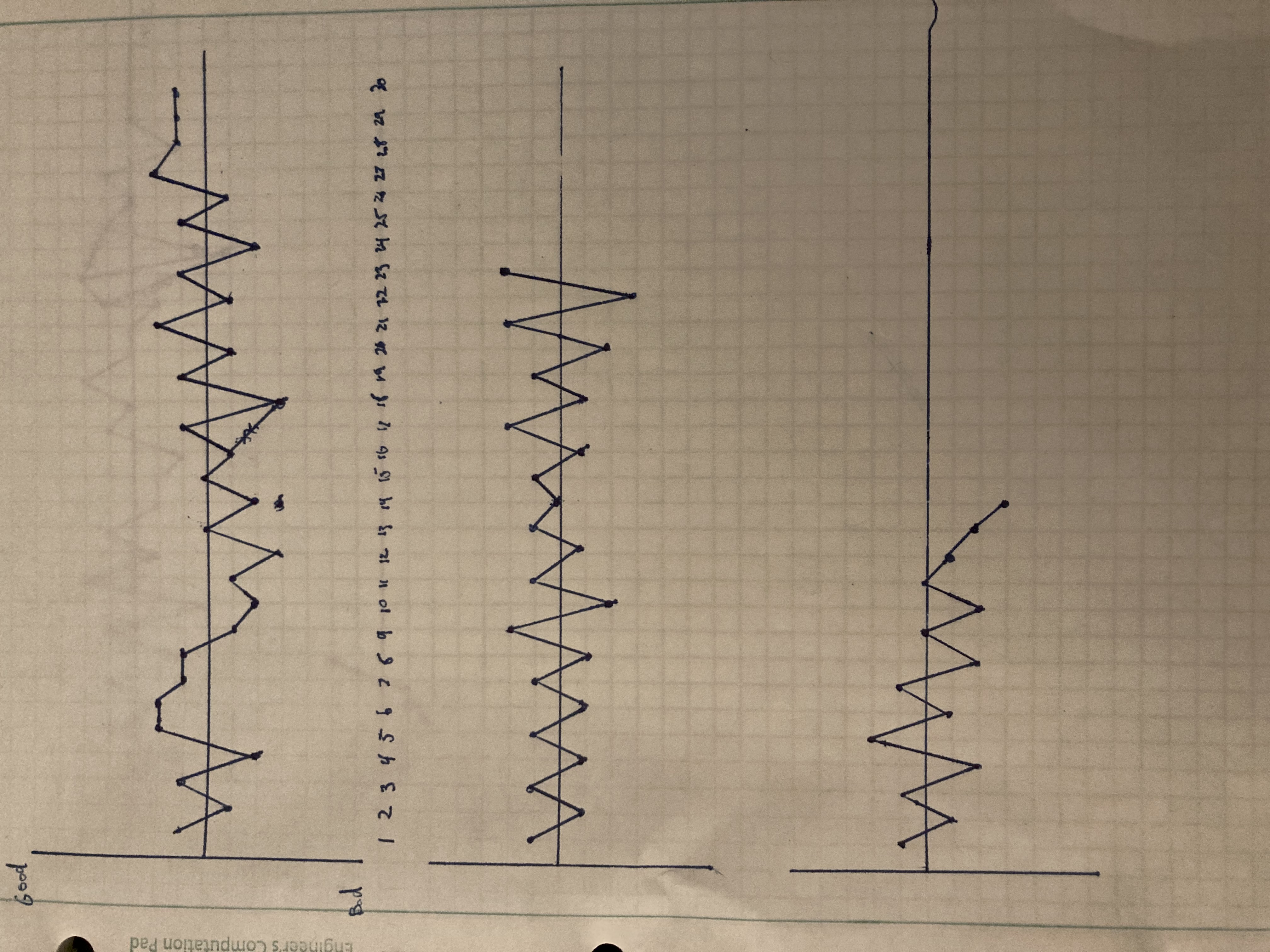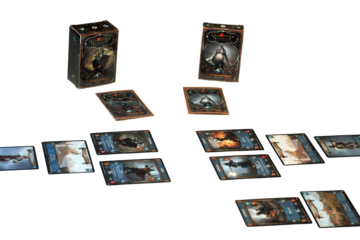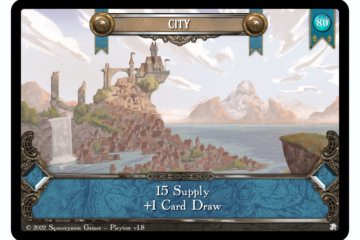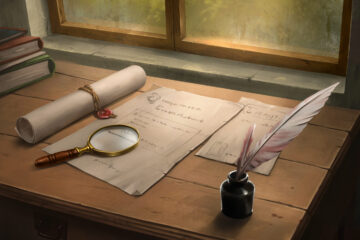Wow, it has been a while since we posted here! Not because we’ve been slacking off (okay, we may have taken a bit of a break around Christmas and New Years), but mostly just due to a case of writers block. But this week, blog-post inspiration is back with advantage!
We’ve spent a lot of time working on game structure over the past several months. Almost every game you play, things start off slow and build to a climax.
- In Hearthstone you start with one mana, and gradually increase to 10 – being able to play bigger and better cards
- In StarCraft, Terran starts building with weaker units like Marines and progressing to expensive units like Battle Cruisers
- In Settlers of Catan you start with two settlements and expand outward, getting more resources as the game progresses
And not only do your turns and actions get bigger and better, but so do your opponents. Leading to an ever increasing stakes game that ebbs and flows until there is a victor.
Like most of our game design – credit for us even thinking about this in a conscious way goes to Dan Felder. This blog post is heavily influenced by this specific article: https://danfelder.net/2015/05/29/design-101-the-structure-of-fun/
The article talks about focusing on alternating positive and negative events – with bigger positives and negatives toward the end of the game and smaller ones to start.
This can be difficult with a points-based card game where you can play your biggest card on your first turn. We decided to test it.
Intensity Charts
We had play-testers rank their excitement/enthusiasm on their turn and on their opponents turn. -7 (bad) to +7 (good). Using Settlers of Catan as a baseline: a -7 would be like you had the cards to win in your hand, someone rolled a 7 and you lost half of them, placed the robber on your best resource, and stole a card from you. A +7 would be if you had a ton of resources at the start of your turn, built out a city, flipped over a soldier to get largest army, and stole the one resource you needed to build one last road to steal longest road and win the game.
The results weren’t great:
What we have here is a series of alternating 1’s and 2’s – with occasional minor-excitement at the end building up to 3’s and 4’s.
There’s a couple things going on here: no increasing intensity as the game goes on & no intensity whatsoever.
Problem #1: No Increasing Intensity
How do you build up excitement on a points based card game where you can play anything at any time? Here are two primary mechanics we’re focusing on:
- Cards becoming more powerful as the game goes on
- Example: cards that might have been a 2/1/1 (attack/defense/wounds) could now be a 1/1/1 with “+1 attack for each other X type of card”
- Increasing Actions
- Currently in the game, each player has a set number of actions to take each turn based on locations in play. But more locations leave your defenses stretched thin. We want this to provide an increasing action pool but also an increasing defensive struggle.
- Candidly speaking, in its current form this isn’t working well and something we are actively working on. While this is a tenet of our initial design – time will tell if it gets drastically changed. A future post for sure.
Problem #2: No Intensity
This could be its own blog post because boy is there a lot here. There were a lack of options a player could take on their turn – things can never be exciting when you always only have one or two plays. One of the play-testers said they felt railroaded in the decisions they could take. We’ll keep it brief.
The above focus on increasing intensity helped out a lot here. Because cards can get better – there are now decisions like:
- Do I play this card now, or do I hold onto it?
- Do I sacrifice this unit to prevent damage, or do I take damage to save this card?
The biggest change: it used to be that a player had set actions they could use to play cards or attack. A cool mechanic where a player had to wisely choose to expand their army or attack their enemy creating tension and depth… WRONG. It just always made sense to try and build up the bigger army back and forth until someone had some bad luck in drawing units.
Attacking is now a unique action that does not pull from a different action option. An extremely small change with major positive implications.
And that’s it folks.
We don’t have new intensity charts yet, but we believe things are heading in the right direction. One of our recent play tests, after a back and forth battle, ended with something like “Not sure how I can win this, looks like you’ll win next turn.” *draws card. thinks for a moment.* “Wait, I think I just won!”
Next post should be on increasing randomness in the game (or maybe some more charts – they are fun to draw).





2 Comments
Dan Felder · February 3, 2021 at 1:07 am
This is a really fun article. Nice application of the game structure principles. I wonder how well the intensity charts correlate to games with solid structures too though. Surveys can be tricksy.
admin · February 3, 2021 at 8:04 am
Thanks Dan, that’s a good point. We’ll have to run some baseline charts on known games for comparison.